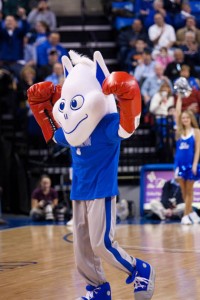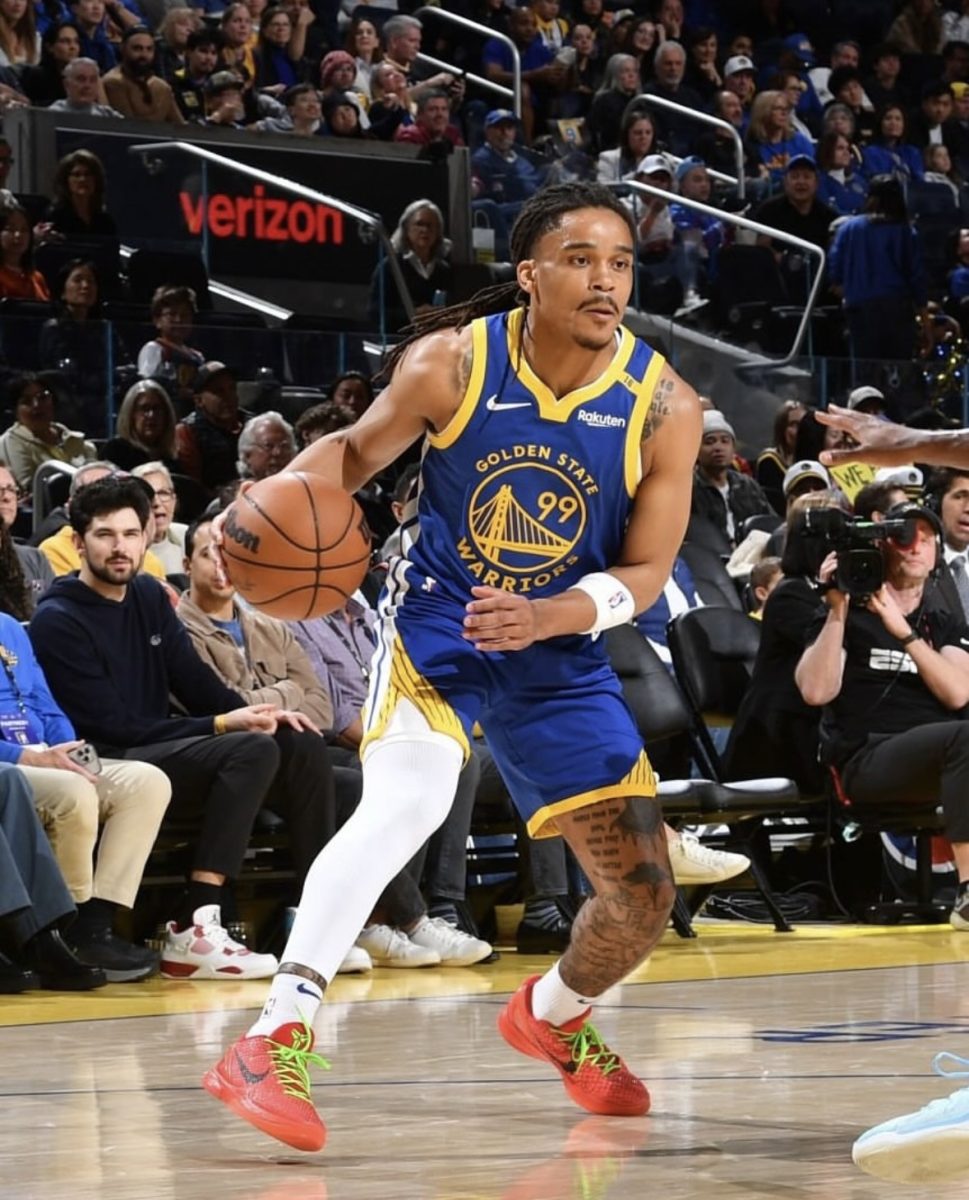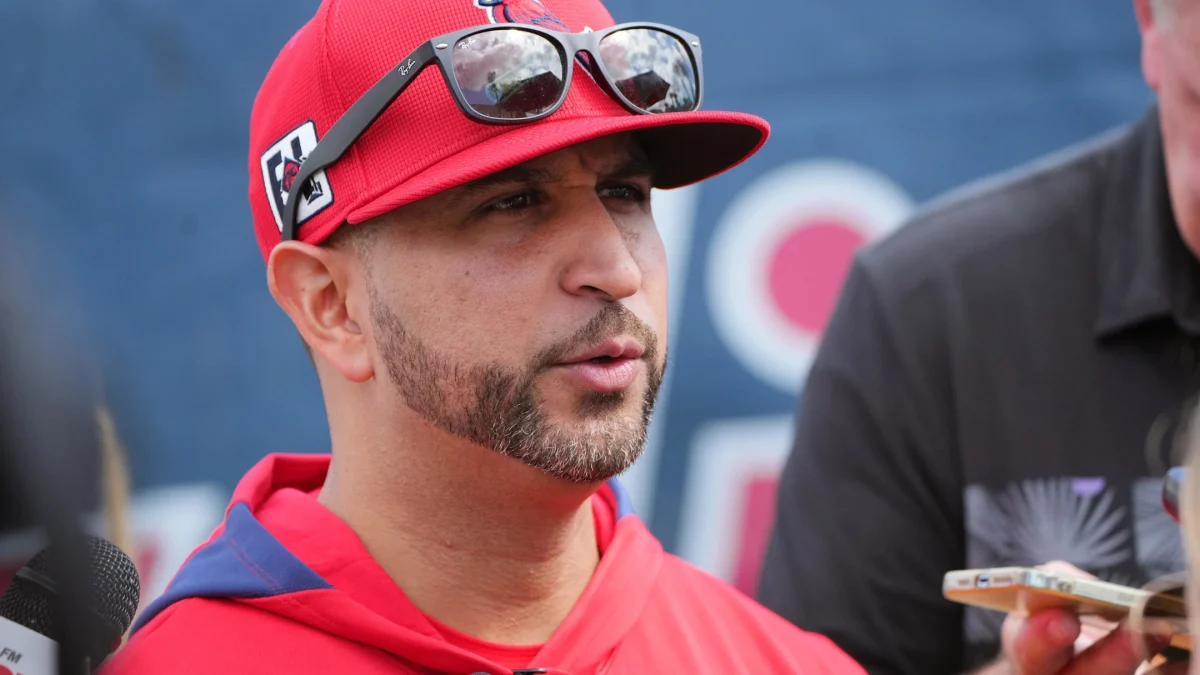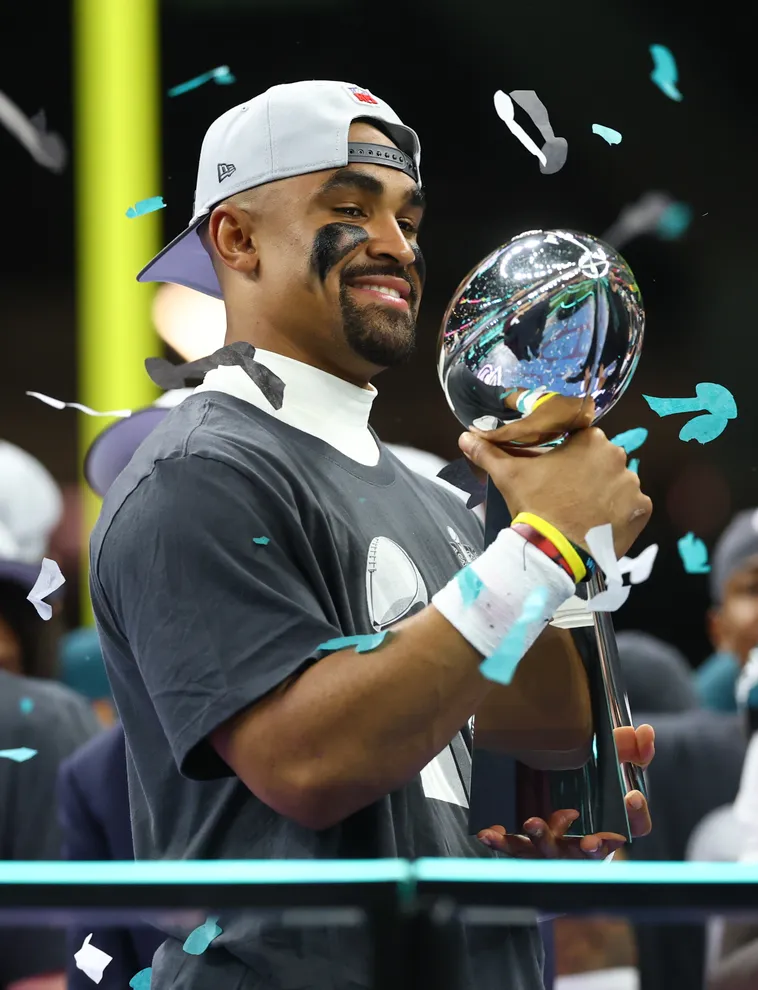 Think back to the first time that you told someone you were attend Saint Louis University. Chatter about how you like the school and other pleasantries probably followed. Inevitably, an exchange along these lines would take place:
Think back to the first time that you told someone you were attend Saint Louis University. Chatter about how you like the school and other pleasantries probably followed. Inevitably, an exchange along these lines would take place:
“What is your school mascot?”
“A Billiken.”
“What’s a Billiken.”
“Um…”
College mascots are a source of pride, a fixture of a university’s athletic department and culture. Mascots are also a means by which students identify themselves, SLU included, as evidenced by the recent “We are ALL Billikens” campaign.
When someone thinks of a mascot, however, it is likely that an intimidating animal or some mythological figure springs to mind, not a winking imp-like creature. So how did we come to be the Billikens, and, frankly, what is a Billiken? More importantly, what does a pudgy goblin have to do with our athletic teams?
Before SLU came to be known as the Billikens, they had no nickname; they were simply called the Blues and Whites, according to Pius XII Library archivist John Waide. The earliest known copy of the SLU yearbook, dated in 1910, shows no reference to the Billikens, either. On the athletes’ uniforms were an S intertwined with an L, much like the current St. Louis Cardinals’ logo.
“Back then, mascots and team names were not really that big of a deal, certainly not as much as they are today,” Waide said.
There is some debate as to the exact story of how our University became associated with the Billiken, but in each tale, there is one recurring character: Football coach John Bender.
According to the University archives and the SLU official website, in the first decade of the 1900s, the Billiken character had become a nationwide fad. Products featuring the Billiken’s likeness ranged from dolls to pickle forks (a fork specifically for getting pickles out of a jar). For a modern comparison, liken it to the Furby craze. By 1912, “Billikenmania” had begun to lose steam and faded into obscurity.
Here at SLU, however, the good-luck charm decided to take up permanent residence.
Although the exact details are not known for certain, there seems to be some consensus that St. Louis Post-Dispatch sports writer William O’ Connor was in attendance at a football practice during the 1911 season covering SLU’s team. O’ Connor observed that “things were as they should be” with the team, a phrase associated with the meaning of the Billiken.
The phrase, coupled with coach Bender’s Billiken-esque broad grin, caused O’Connor to exclaim, “Why, that guy’s a familiar Billiken!”
The football team became known as “Bender’s Billikens,” and the rest is history.
The Billiken itself is seen as a symbol of good luck. So how does that stack up against a vicious tiger?
Perhaps the originality of the mascot and the tradition associated with it outweighs any lost benefits from having an imposing mascot. Sophomore Katy Ceisel argues that having such a unique mascot works as a double-edged sword.
“It is unique, but a little weird at the same time. I think the Billiken, since it is one-of-a-kind, fuels school spirit for some, but at the same time it ostracizes others,” she said.
Sophomore Tim Clavin believes that a unique mascot sets us apart from the clichés that run rampant in college nicknames, proving advantageous.
“I think we stand out over other colleges who have the typical mascot like the “Spiders” or the “Hawks,” just to name a few. I think that gives us the edge. No matter how hard people may try, there is only one Billiken and that is at SLU. I would not change a damn thing,” he said.
The athletes here at SLU, perhaps the most direct representatives of the Billiken itself, find the uniqueness something to be proud of.
“I like the mascot because it is so unique, and I love unique,” sophomore basketball team member Cody Ellis said.
The Billiken is just one of the many things that set SLU apart from universities across the country. Deeply entrenched in history, the 102-year-old mascot brings an exclusive identity to our community and athletics. Fear not the potentially awkward explanation you might find yourself giving to friends and family as to what our mascot is. The tradition and legacy it brings to us is irreplaceable.









